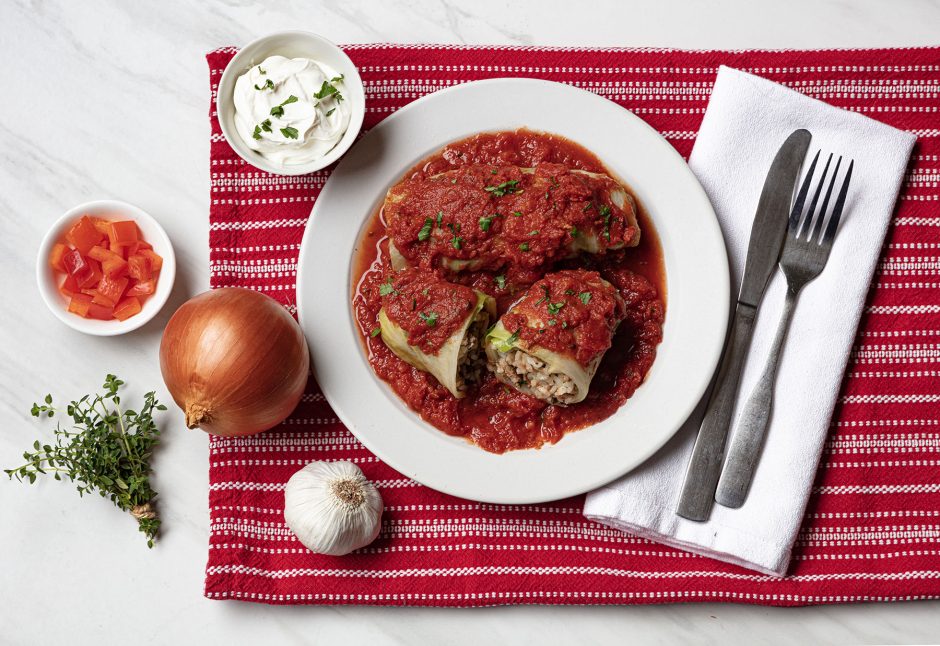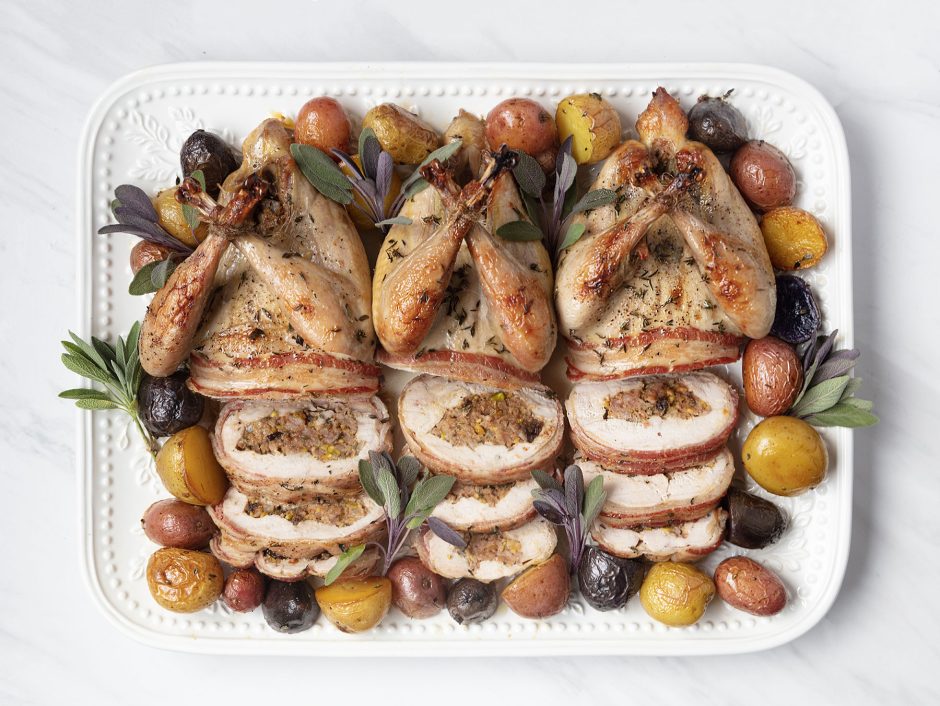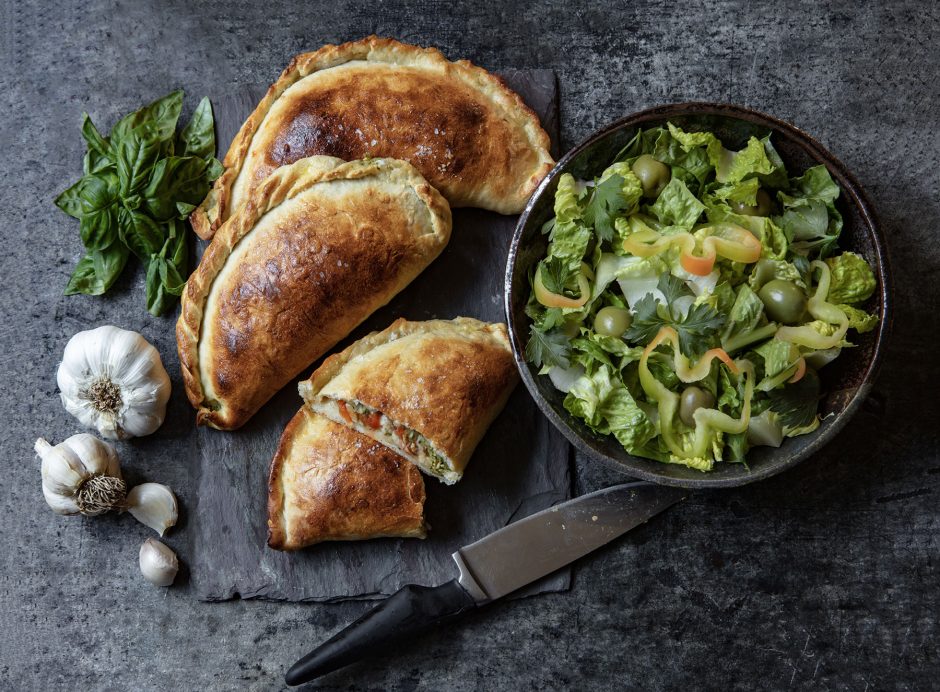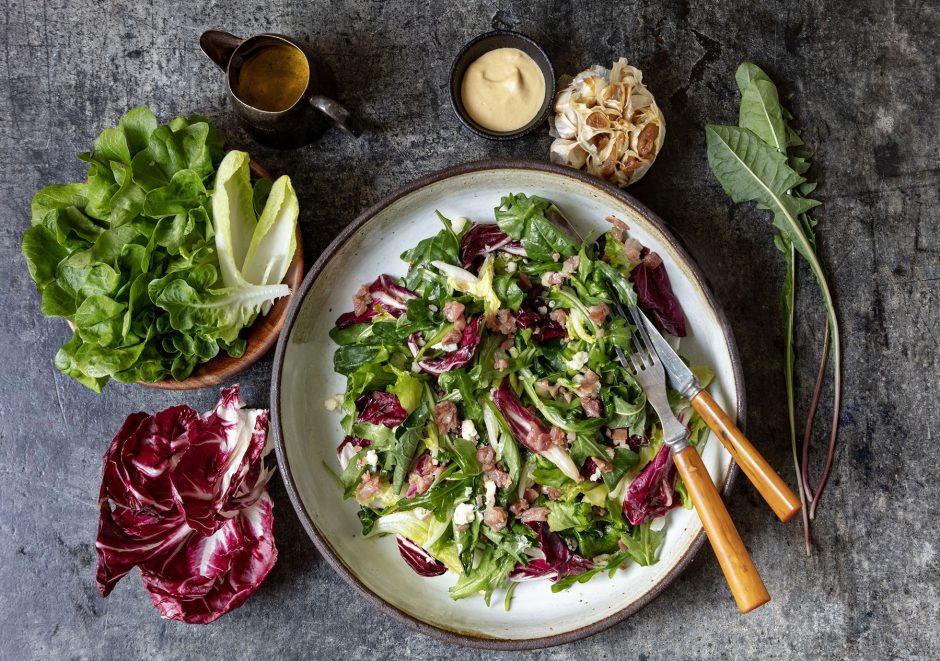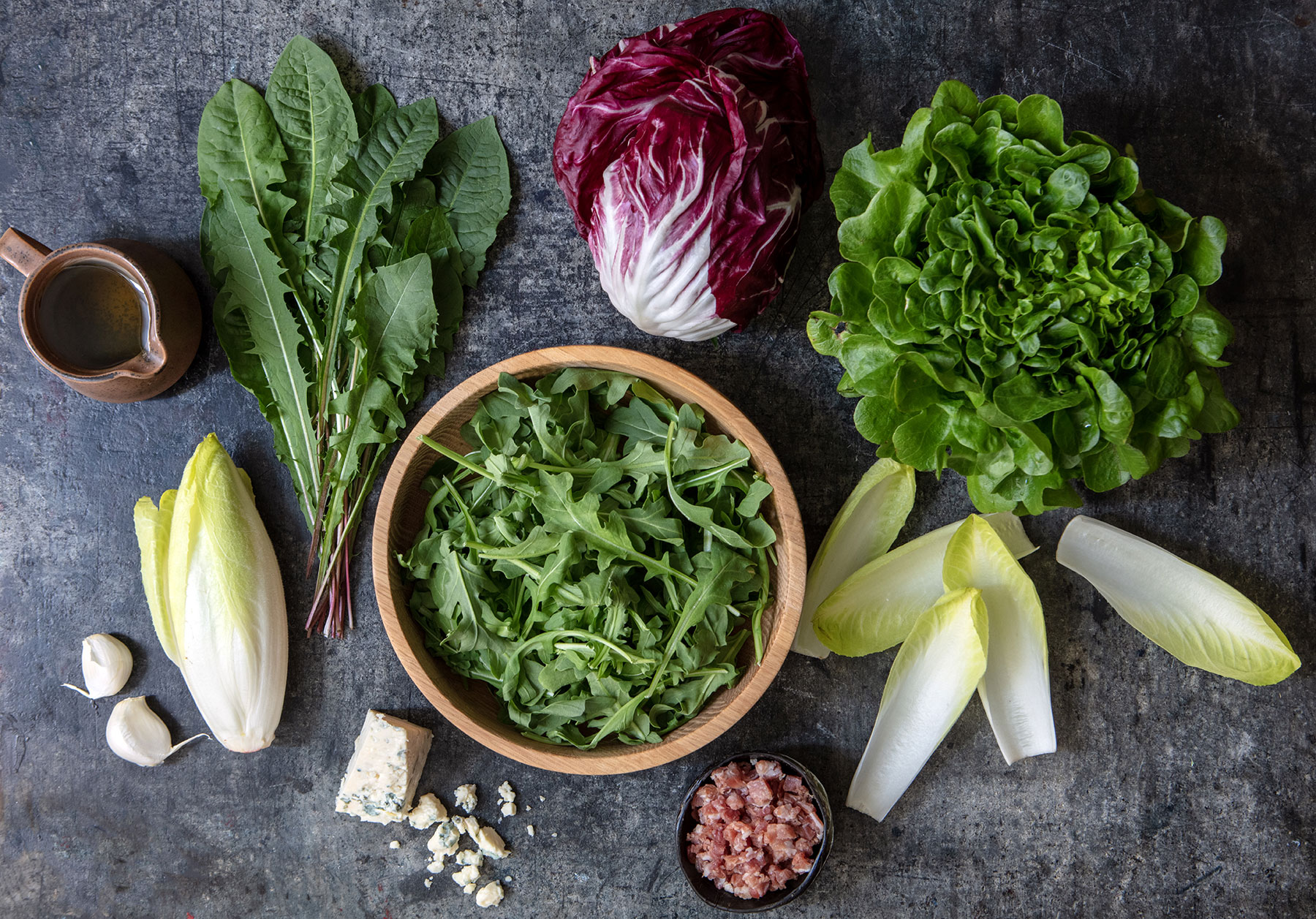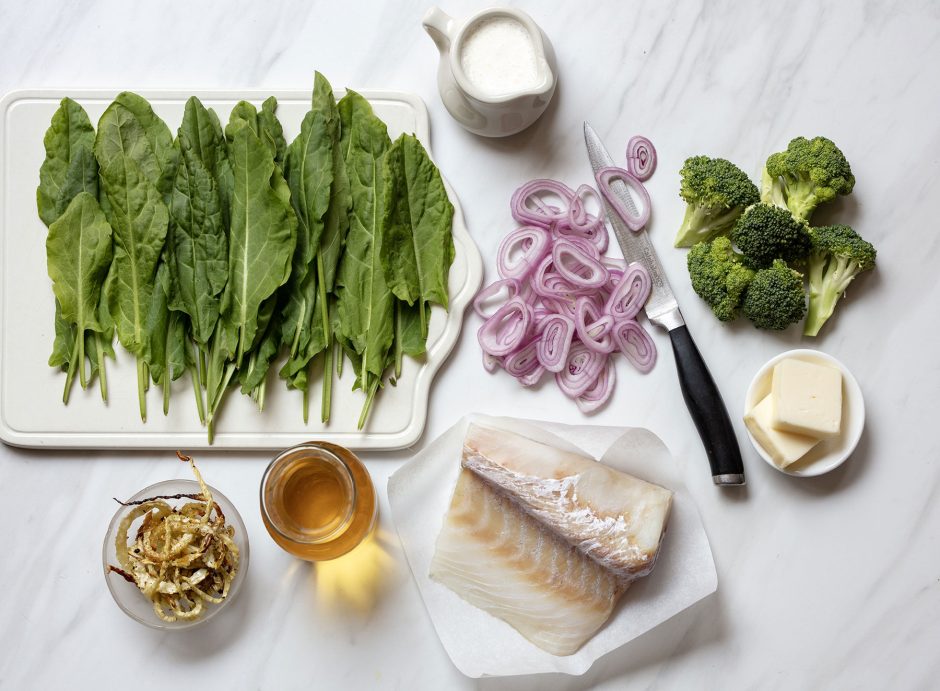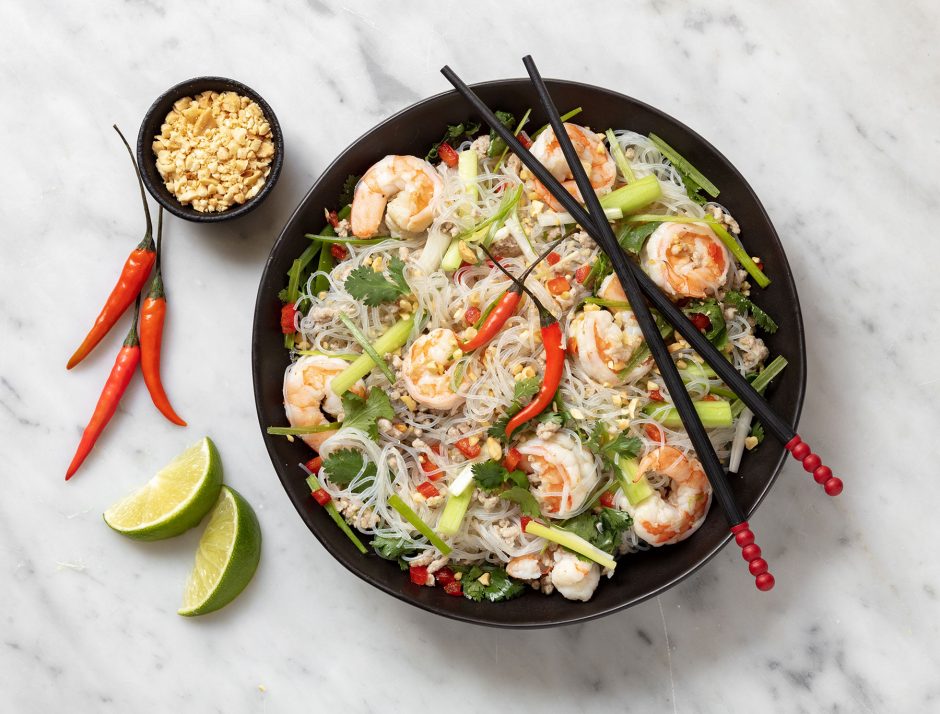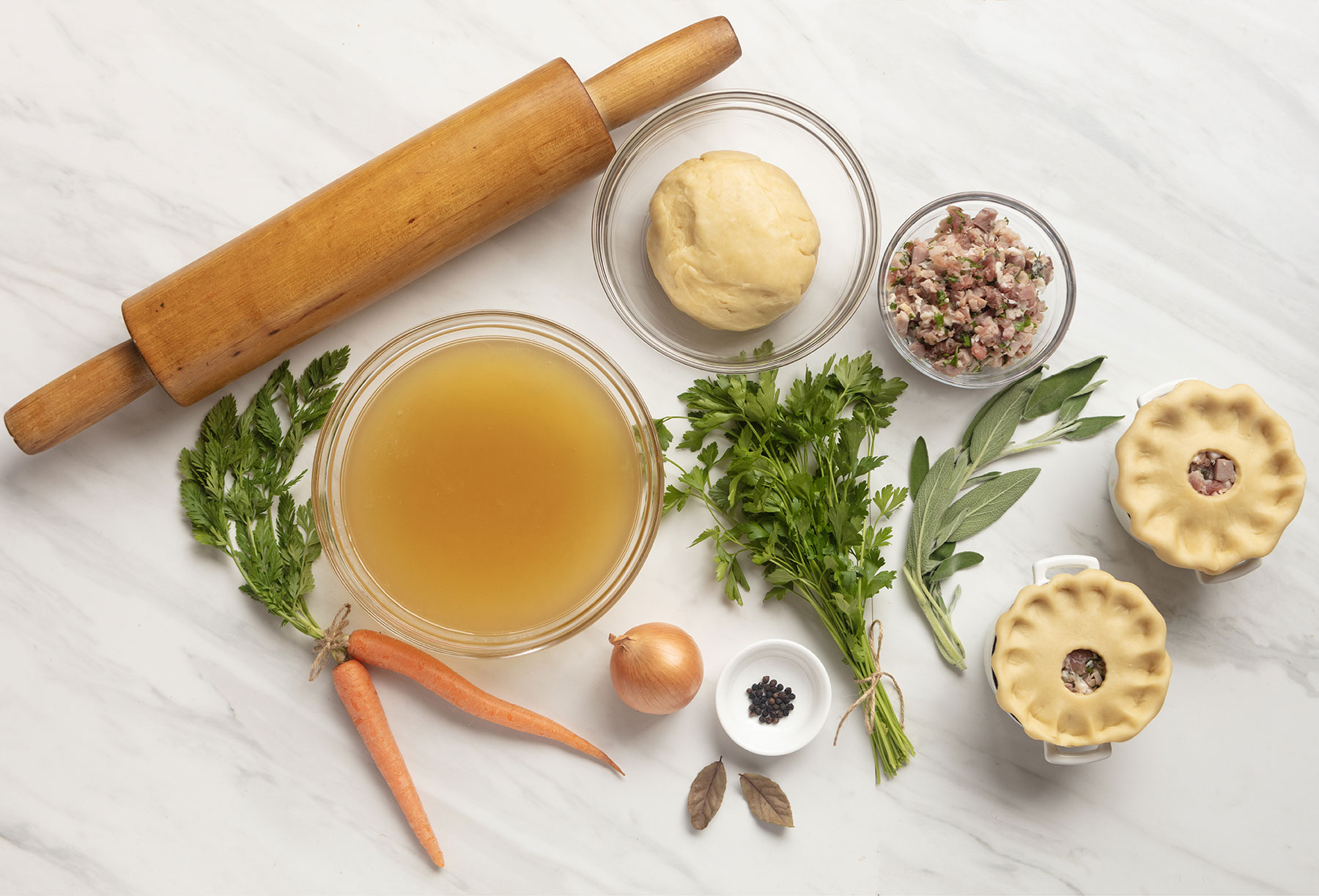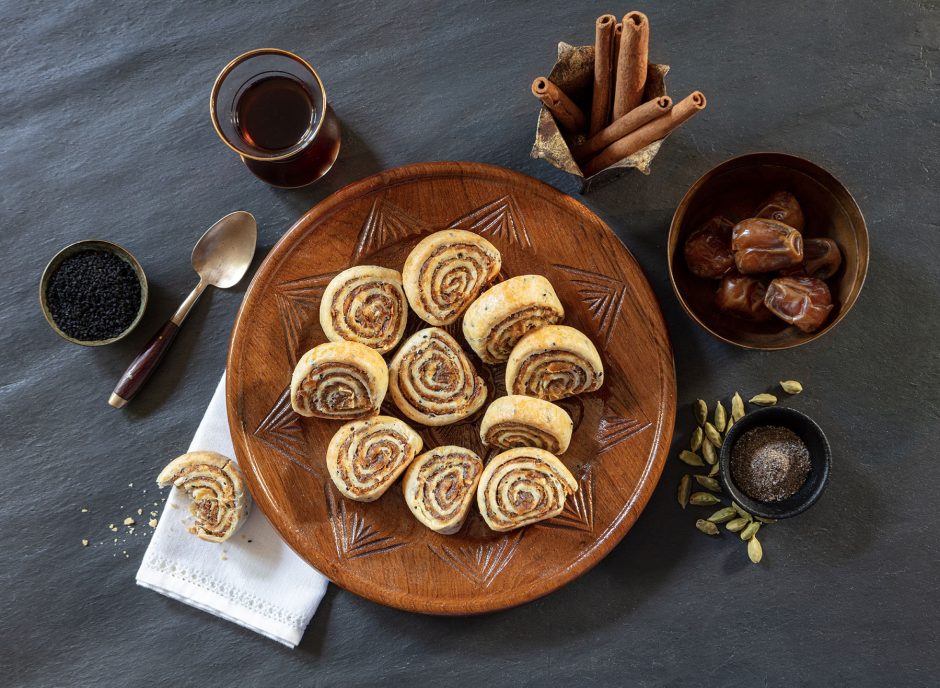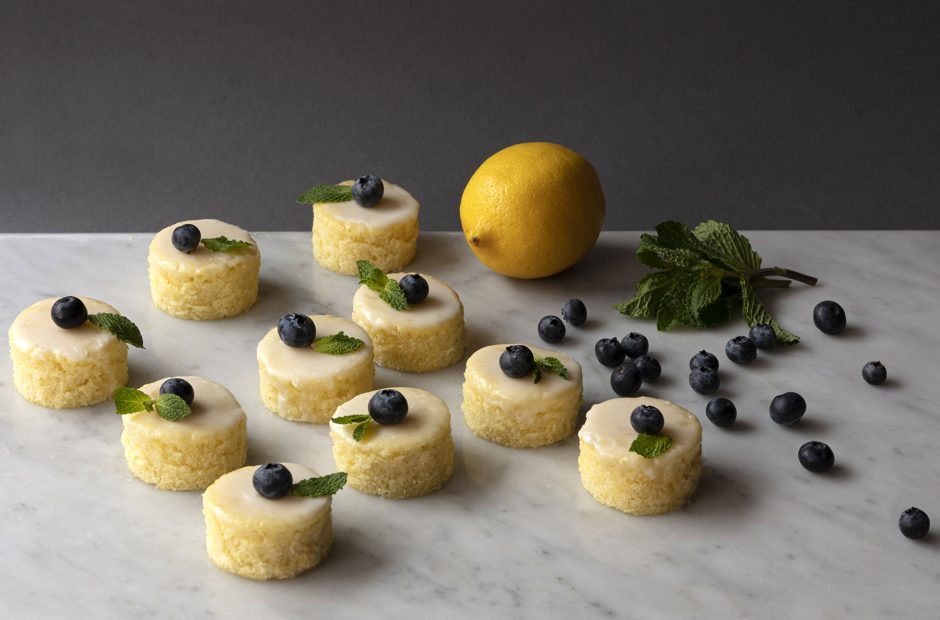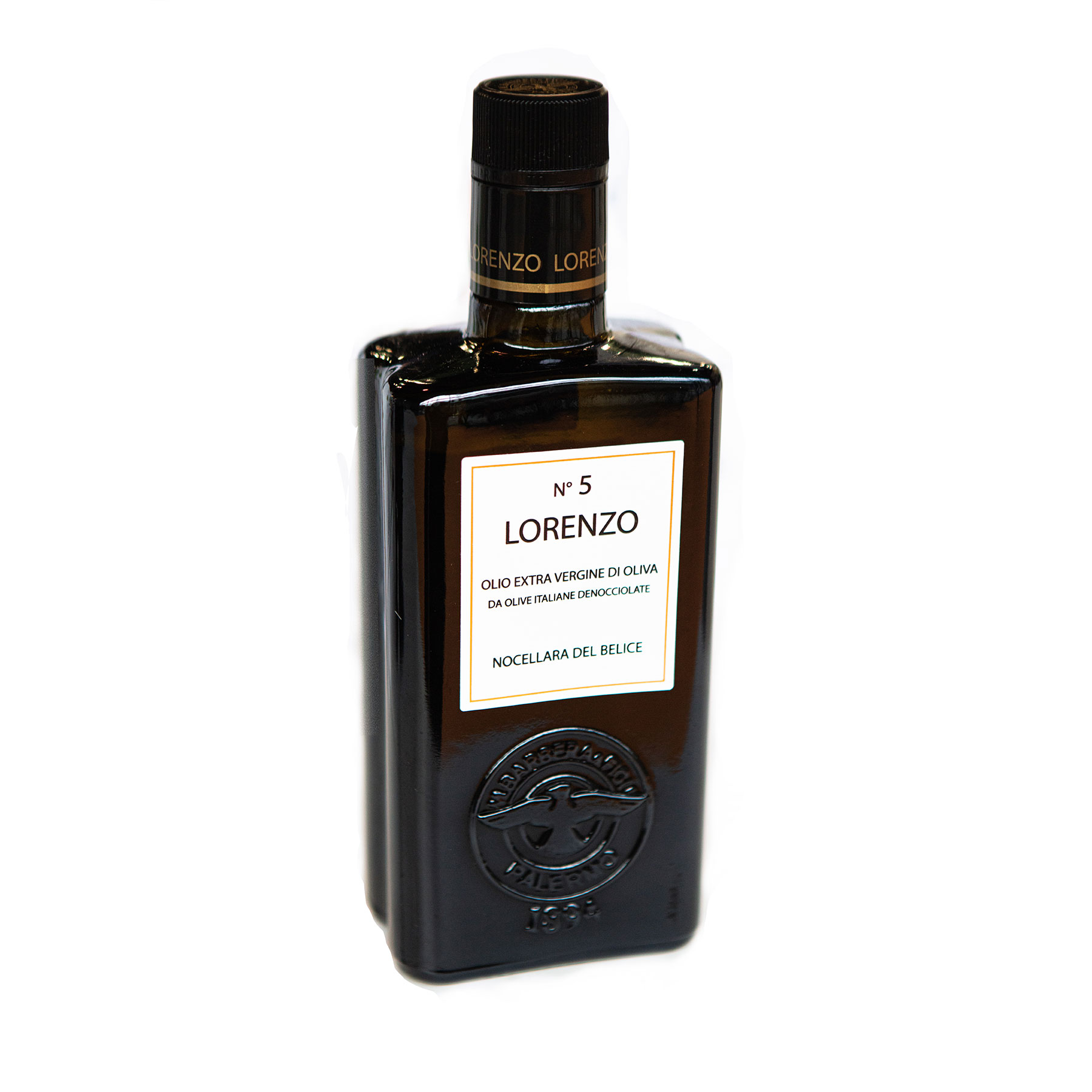The want for hearty/healthy chill-weather dishes has me celebrating casseroles and bakes. Using ground turkey instead of beef in these satisfying roll-ups seemed smart, as did the use of a few canned ingredients (crushed tomato and diced green chilies) along with leftover cooked rice to speed the prep. The filling is delicious—so good, you may be tempted to spoon it up on its own. But once the dish is finished in all its tomatoey glory, you’ll be glad you went through with the cabbage leaf tuck-roll-and-bake. So good. Continue Reading…
As a youth, a friend of mine used to travel to South Dakota where his older brother owned a spread of land perfect for hunting game birds. “In the Fall, I’d go with my father for the opening of pheasant hunting season,” he recalls. Now with five sons of his own, my sports hunting friend keeps up the tradition in the Midwest, saying: “It’s quite a thrill to bring home several pheasants after a hunt, dress them and make a meal.” In fact, it’s his family’s Thanksgiving tradition to feature wild game they’ve hunted on the holiday table.
Continue Reading…Because I love them so, herbs dominated my vegetable garden this year—dill, oregano, lovage, lavender, parsley, French tarragon, lemon balm and lemon thyme, plus many kinds of basil, rosemary, and sage. Yes, all of those lovelies, plus a few veg essentials: including tomatoes! Waiting for the red globes to reach their peak, I first made these delicious savory hand pies with plump and pretty store-bought Campari (sometimes called “cocktail”) tomatoes, later switching to homegrown. Camparis are the perfect size for the recipe (less fleshy that big tomatoes, and less fiddley than cherries to slip the skins off of after roasting ) but the recipe works with any size of the fruit. (If you use big tomatoes, just cut them into eighths.)

Continue Reading…
Radicchio & Lettuces with Roasted Garlic Vinaigrette, Pancetta + Blue Cheese
June 8, 2023I like bitter lettuces—radicchio, endive, arugula—even dandelion, but balanced. So this salad has just a few leaves of the most pungent ones, with lots of oak leaf and arugula. I sweetly mellowed the mix with a roasted garlic/white balsamic vinaigrette, pancetta crisped in olive oil that you spoon over to wilt the lettuces a bit, and a perfect blue cheese.
I’ve been singing the praises of lovely, lemony sorrel for a while now. The culinary herb—related to both buckwheat and rhubarb, is a perennial that grows in my garden from Spring to Fall. Loaded with potassium and immune-boosting vitamins A and C, I use it in soups, stuff it into spanakopita, and make sauces with it. Paired with fish, sorrel sauce is a French cuisine classic. A few years back, celebrity chef Gordon Ramsay featured the sauce with seabass. I’ve since prepared it deliciously with more affordable wild-caught cod. Continue Reading…
From Hollywood’s Brown Derby restaurant and named for its owner, Robert Howard Cobb, the Cobb Salad is to Americans the original chopped salad. If you had it at the restaurant, you know it was a mix of very finely chopped watercress, curly endive, Romaine and iceberg lettuces topped with crisp bacon, hard boiled egg, tomato, chive, chicken breast, Roquefort cheese and avocado, served with a house-made “French” dressing that was more akin to red wine vinaigrette than the sweet orange goo labeled “French” on a salad bar. Our home-cook version is chopped less fine, but features all of the original ingredients. We’ve just updated the dressing, however, to make it less oily.
Continue Reading…One of my dear friends–blonde, blue-eyed Becky, grew up in Thailand, and didn’t even visit the States until well into her teens. We met at college on a hot summer afternoon. I was photographing the shadow-play of bamboo trees on the street behind my dorm, and Becky agreed to step in to a few of the frames. Not long after that, she cooked my first Thai meal, explaining in her lilting, song-like Thai, the names of the ingredients and dishes. It was a fantastic introduction.
In Thailand, Becky explained, there is no actual word for “salad,” but tossing fresh vegetables, proteins, and noodles together with a dressing is the commonplace equivalent, called “yam.” (I quickly learned to say, “Yum!” to yam.) This dish—glass noodles with shrimp, cilantro, Thai chilies, a bit of ground pork, fresh matchstick vegetables and sugared chili-lime-garlic-fishsauce dressing, is a classic known as Yam Woon Sen. Continue Reading…
These British-styled picnic pies put me in mind of a Wind in the Willows repast with loyal Moley, adventurous Ratty and the always intractable Toad. Both elegant and transportable, the pies are perfect for your picnic hamper, or impressive to set out with sharp aged cheddar, whole grain mustard and pickles at your next party. Filled with minced ham, pork tenderloin, sage and parsley, they are packed with flavor
The pies do take time to make, but keep well, so I prepare them ahead of time. You can space things out to fit your schedule, preparing the filling and stock one day, and then baking the pies the next. I use bone-in ham to make these (the bone for the stock; the ham minced in the pie.) If you’re not familiar with a traditional hot water crust: It’s easier to make (and more forgiving) than a pie crust, and goes back to early medieval times. But while 6th century hot water crusts were made with lard and intended primarily as casings to be discarded in favor of the tender meat inside, my crusts are made with butter and bacon fat and while sturdy, taste great. This recipe makes six individual 3 ½-inch pies. (Or, you can do 3 of the little pies and one small rectangular loaf as I have done in the lead photo.)
As each pie bakes, the meat pulls away a bit from the sides of the crust, leaving a little air pocket surround. To seal this, you’ll pour the hot stock you’ve made into to the vent hole at the top. As the stock chills, it will firm up into a sparkling jellied aspic that adds flavor and helps the pie keep longer.And if you are a savory pie fan, try our Melton-Mowbray styled British Pork Pies next!
Kleicha (various spellings) is ubiquitous at religious holidays and special occasions in the Middle East. There are many variations of recipes for the pretty roll-ups of crispy yeasted dough around a smooth date filling. But the cookies always include dates, cardamom, and sometimes nigella (often labeled Black Seed or Kalonji in Middle Eastern grocery stores.) I love the savory pop of nigella seeds, so included them here. And while some kleicha recipes start with date paste, using pitted dates cooked to jammy consistency yields best flavor.
But which dates to choose?
At the recent TuttoFood exposition in Milan, Italy, I was delighted to find that dates were the featured ingredient in the expos creative cooking competition. Talking to representatives from Saudi Arabia’s National Center for Palms & Dates I learned that while Continue Reading…
I am just back from TUTTOFOODMilano, Italy’s biggest food exposition. (Akin to our National Restaurant Association show, but on Italian-design steroids (!) The quality of the food that makers were peddling was head spinning, from truffles and balsamico, to fine pastas and panettone. I sampled Zaffiro Blu, a new sheep’s milk cheese from Sardegna, waited in line for slivers of cured Iberian acorn-fed pork shoulder, and marveled over new potted cream desserts made from the milk of buffalo carefully tended in the Cilento and Vallo di Diano National Park. But I kept coming back to olive oil.
In Italy, olive oil production is multi-generational, as families work to keep ancient traditions alive while they also bring new products to market. The Barberas, for example, launched Italy’s oldest brand of olive oil in Sicily 120 years ago, and are still at it, with eight different product lines, and 35+ oils including Lorenzo No. 5 which I like very much in this recipe (It can’t be an accident that the label reminds one of a famous perfume!)
But while Italians have been cooking with olive oil for hundreds of years, olive oil’s popularity in the U.S. kicked in more recently, and is still growing. According to statistics from Statista, olive oil consumption in the States doubled in the last 20 years—up from 209,000 metric tons at the start of the millennium, to more than 406,000 now.
With its rise in usage here, most cooks now know to match the type of olive oil they choose to what they are making. High heat applications such as sautéing or frying tend to flatten flavors within olive oil. So, fancier oils are usually reserved for raw applications where the heat-sensitive volatile element won’t dissipate. But baking is the exception!
Which brings me to these lovely olive oil tea cakes. When you bake any cake, the internal temperature doesn’t go much higher than 200 degrees. As a result, the fruity, floral, grassy or peppery notes in a good extra virgin olive oil remain intact. Experiment and try a few to find which you think shines brightest here. Barbera’s Lorenzo No. 5, (pressed from pitted, hand-harvested Nocellara del Belice olives,) has a soft creaminess and lightly spicy floral scent which I really like.
And the cake is so easy to make! Everything is quickly mixed and bakes up in less than half an hour. I use a parchment lined 13x18x1-inch pan to bake the cake as a sheet (the parchment makes it easy to lift out) and a 2-inch biscuit cutter to cut the cooled cake into little petit four circles. (Cut the cake into bars instead, if you wish.) Brushed with lemon-sugar glaze and garnished with fruit, these make for very pretty snacking or fancier soirees. Continue Reading…

